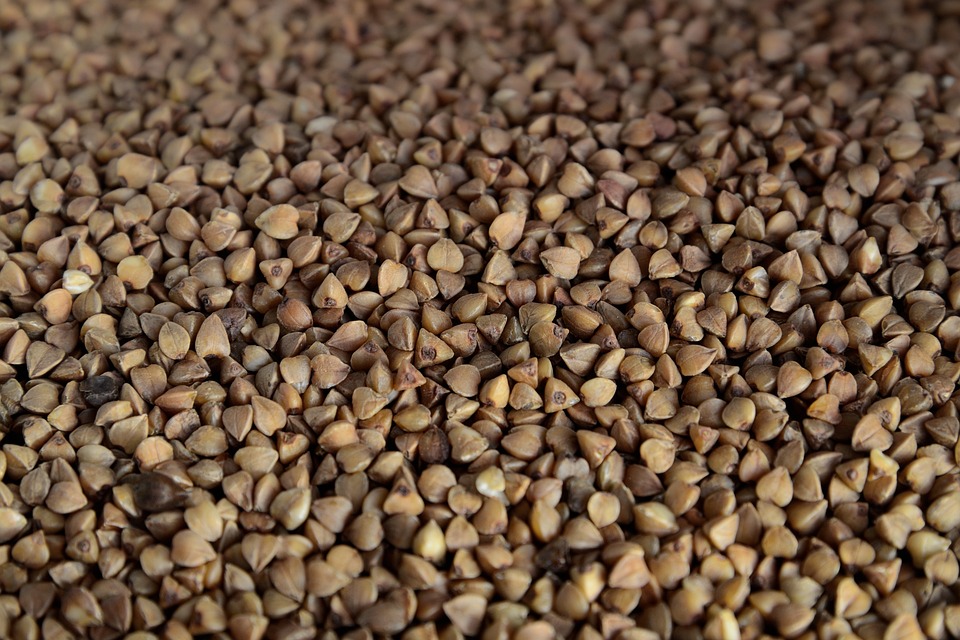Getting started on a fitness journey can be daunting, especially for individuals who are overweight. The key is to find beginner-friendly workouts that prioritize safety while effectively promoting weight loss and overall health. In this article, we’ll explore various workouts tailored specifically for you, focusing on exercises that are not only safe but also enjoyable.
Understanding the Importance of Safe Workouts
When embarking on a fitness journey, especially for those who might be new to exercise, safety is paramount. Overweight individuals may face unique challenges that can increase the risk of injury during physical activity. This highlights the importance of choosing workouts that are appropriate for your level of fitness.
Benefits of Regular Exercise
Regular exercise has numerous benefits, including:
- Weight Loss: Helps burn calories and promote fat loss.
- Improved Mood: Boosts mental health through the release of endorphins.
- Increased Energy Levels: Enhances overall stamina.
- Better Mobility: Improves flexibility and range of motion.
- Reduced Risk of Chronic Diseases: Lowers the risk of heart disease, diabetes, and more.
Choosing the Right Beginner-Friendly Workouts
Low-Impact Exercise Options
Low-impact exercises are gentle on your joints, making them ideal for individuals who are overweight. Here are some beginner-friendly options:
1. Walking
One of the simplest yet effective forms of exercise, walking can be done anywhere and requires no special equipment.
- How to Start: Aim for 10–15 minutes per day, gradually increasing your time and distance.
- Tips: Invest in a good pair of walking shoes for added comfort and support.
2. Swimming
Swimming is a full-body workout that provides resistance without stressing your joints.
- Benefits: It helps build muscle strength and cardiovascular endurance while keeping you cool.
- Starting Point: Begin with short sessions (10–20 minutes), focusing on different strokes to keep it interesting.
3. Cycling
Riding a bike—either stationary or outdoor—is another low-impact option.
- How to Incorporate: Start with 15- to 20-minute sessions, adjusting the intensity based on your comfort level.
- Tip: Consider investing in a comfortable bike seat to enhance your experience.
Strength Training for Beginners
Incorporating strength training into your routine can significantly enhance your weight loss efforts. Resistance exercises build muscle, which boosts your metabolism.
Bodyweight Exercises
These can be done anytime, anywhere, without the need for weights.
- Squats: Strengthens your legs and glutes.
- Wall Push-Ups: A gentler version of traditional push-ups, targeted for upper body strength.
- Modified Planks: Strengthens your core—use your knees to make it easier.
Tips for Bodyweight Exercises:
- Start with one set of 8–10 repetitions.
- Gradually increase to two or three sets as you build strength.
Flexibility and Balance
Incorporating flexibility and balance exercises into your routine can improve your overall fitness and reduce the risk of injury.
Yoga and Stretching
These practices promote relaxation, flexibility, and mindfulness.
- Gentle Yoga: Look for beginner classes or online videos focused on beginner poses.
- Simple Stretches: Focus on key areas like your hamstrings, back, and shoulders.
Balance Exercises
Improving balance can enhance mobility and prevent falls.
- Heel-to-Toe Walk: Walk in a straight line placing the heel of one foot directly in front of the toes of the other.
- Chair Stand: Sit in a sturdy chair and stand up without using your hands—helpful for developing core strength.
Creating a Sustainable Routine
As you embark on your fitness journey, it’s essential to create a routine that fits into your lifestyle. Here are tips on how to stay consistent and motivated:
Set Realistic Goals
Establish achievable goals that keep you motivated. For example:
- Aim to exercise 3–5 times a week.
- Increase walking duration by 5 minutes each week.
Track Your Progress
Keeping a journal or using fitness apps can help you monitor your workouts, weight changes, and overall progress.
Find a Workout Buddy
Exercising with a friend can make your workouts more enjoyable and hold you accountable.
Overcoming Challenges
Starting is often the hardest part. Here are some common challenges and tips on how to overcome them:
Time Constraints
- Solution: Opt for shorter, high-intensity workouts if time is limited.
Lack of Motivation
- Solution: Change up your routine regularly to keep it fresh and exciting.
Physical Limitations
- Solution: Consult a healthcare professional or fitness trainer for personalized workout recommendations.
Conclusion
Embarking on a fitness journey as an overweight individual doesn’t have to be overwhelming. By focusing on safe, beginner-friendly workouts such as walking, swimming, cycling, bodyweight exercises, and flexibility training, you can create a sustainable routine that propels you towards your health goals. Remember, the journey is personal and every step counts. Embrace the process, listen to your body, and enjoy the benefits that come with a more active lifestyle.
Start small, stay consistent, and watch how these beginner-friendly workouts transform your health and wellbeing!









 Weight Loss, Unlocked.
Weight Loss, Unlocked.